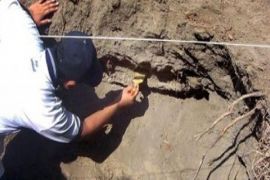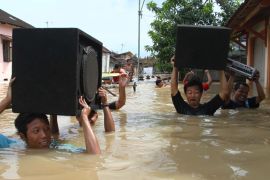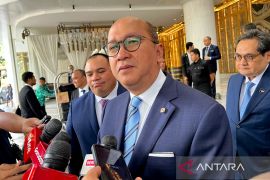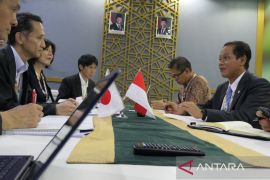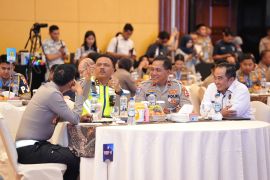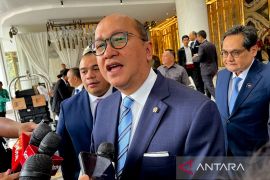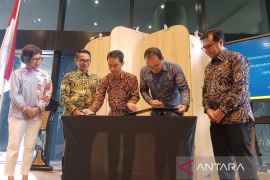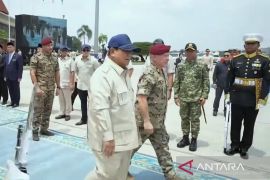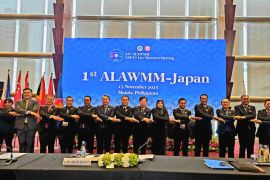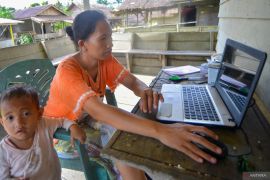"The identification of potential geological sites is aimed at tapping the districts abundant oil and gas potential," Dr Jatmika Setiawan from the research team stated here on Tuesday.
According to Setiawan, the Special Task Force for Upstream Oil and Gas and the state-owned oil and gas enterprise Pertamina EP were supporting the development of petroleum geoparks and geoheritage sites.
He cited as an example the oil wells in Wonocolo field in Kedewan, which are currently being developed as a tourist attraction, and is one of the petroleum geoheritage sites.
"Pertamina EP supports the development of Wonocolo oil wells as a petroleum geoheritage site to attract tourists," Jatmika remarked.
He noted that in addition to Wonocolo and Kawengan, oil drilling sites were found in Kedewan, Kedungmamor, and Kedungsumber.
"If you want to gain a better understanding of oil drilling, you should visit Wonocolo, and if you want to know more about oil and gas reservoir rocks, then you can go to Kedungmaor in Temayang Sub-district," he explained.
The eternal flame in Sendangharjo Village, Ngasem Sub-district, is another potential site.
Time researchers also discovered the ancient Bengawan Solo River and the fossils of animals such as Stegodon trigonochephalus (Elephant), Hippopotamus, Cervus (deer), Bubalus palaeokarabaus (buffalo), and saltwater crabs.
"The National Geological Agency will designate Bojonegoro as a petroleum geoheritage site," Jatmika stated.
He believes that the geoheritage sites in Bojonegoro can be used to promote special interest tourism and general geological tourism.
"Such potential areas can be declared as national and international geoheritage petroleum sites," he added.(*)
Editor: Heru Purwanto
Copyright © ANTARA 2016
